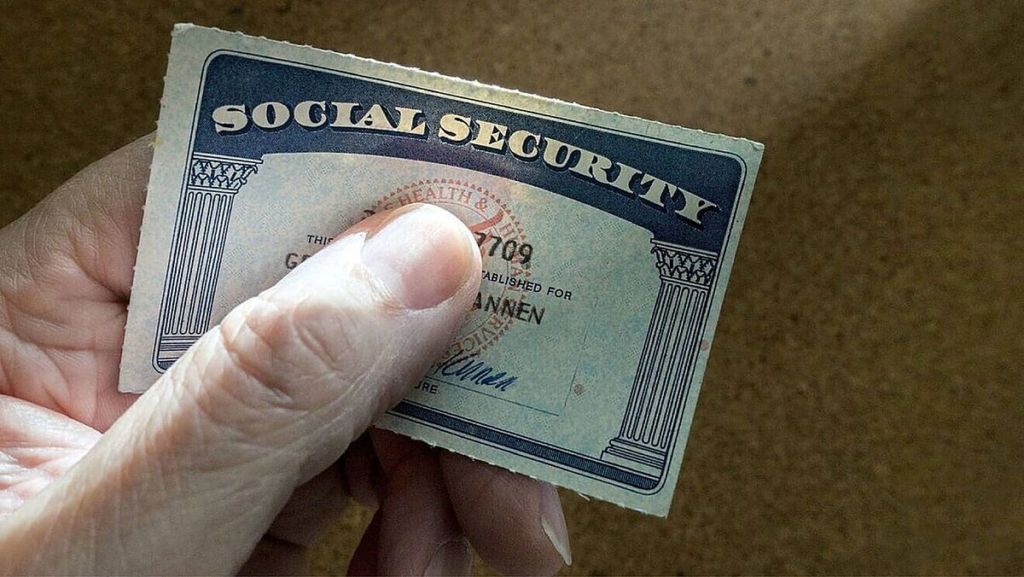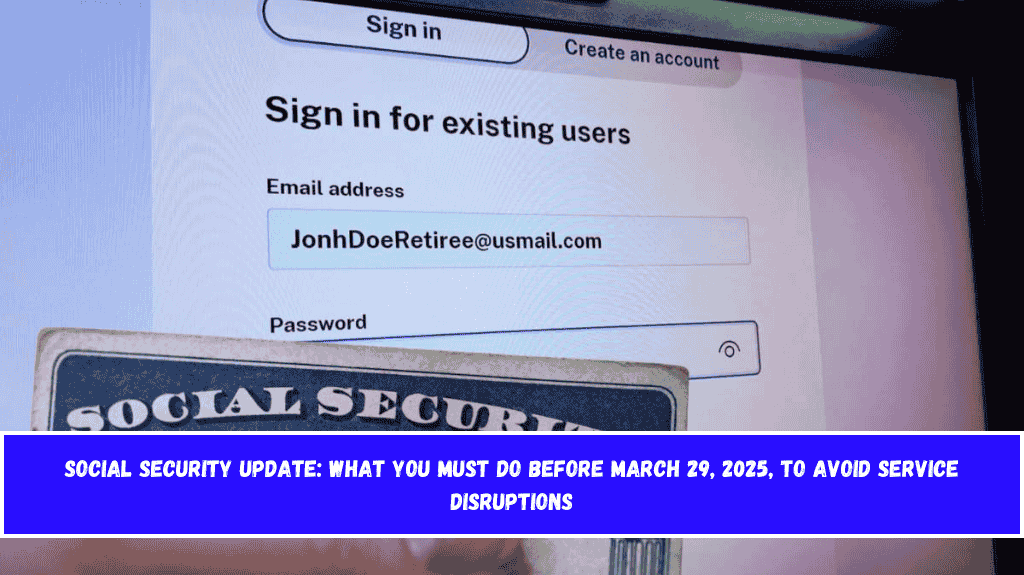Millions of Social Security beneficiaries in the US may face service issues if they don’t complete a required update before March 29, 2025. This new rule from the Social Security Administration (SSA) is important for anyone receiving retirement, disability (SSDI), survivor benefits, or pensions. If you or someone you know depends on Social Security, it’s time to take action to avoid delays or problems in accessing your account.
Why the SSA Is Requiring a Login.gov Account
The SSA is improving security to protect personal information by moving all online services to the Login.gov system. This change is part of a federal plan to strengthen cybersecurity and prevent fraud.
While monthly payments will not stop immediately, people who don’t make this switch might lose access to their online account services. That means you won’t be able to change your bank details, report a new address, or request key documents online. These updates would then require a visit to the office or a slow mail process.
What You Need to Do Before the Deadline
To keep using your “My Social Security” account without issues, you must link it to Login.gov before March 29, 2025. Here’s what you need to do:
- Create a Login.gov account if you don’t already have one.
- Link it with your current “My Social Security” account.
- Verify your personal information.

If your Social Security account was created after September 18, 2021, you’re likely already using Login.gov or ID.me. In that case, you don’t need to do anything.
But around 54 million older accounts still need to be updated. So, it’s better to act early and avoid problems later.
Will Payments Be Affected?
The SSA made it clear: your payments will not stop automatically after the deadline. But if you need to fix a mistake or update your details after March 29, 2025, and haven’t switched to Login.gov, it will be much harder to get help. You may need to go to an SSA office or send documents by mail, which takes more time and could delay fixes.
Challenges for Older Adults and Those Without Internet
Many elderly people are not familiar with using the internet. According to the Pew Research Center, 22% of older adults do not use the internet at all. That’s why groups like AARP have raised concerns, saying this change may make it harder for vulnerable groups to manage their benefits.
In response, the SSA has promised to keep services available in its 1,230 offices across the country. Even though 26 more offices will shut down in 2025 (on top of 43 closures since 2022), people can still visit in person or call the SSA for help.
Help Is Available for the Transition
The SSA says updating your account only takes about 15 minutes, and it will help keep your services running smoothly. If you’re facing problems, you can go to public libraries, community centers, or ask someone for help.
Here are key contact numbers for support:
- Login.gov Help Center: 1-855-562-4652
- SSA Main Line: 1-800-772-1213
Even if you don’t have internet or a mobile phone, there are other ways to verify your identity, such as through email or a landline phone.
SSA Services Are Slowing Down
Because of budget cuts, the SSA is working with 12% fewer employees than in previous years. The number of workers dropped from 57,000 to 50,000, which has made phone wait times longer—up to 38 minutes on average.
That’s why completing your Login.gov update online is faster and easier than depending on calls or office visits.
The SSA’s move to Login.gov is meant to protect your personal data and keep services safe. But if you don’t act before March 29, 2025, it could become difficult to manage your account or fix issues with your payments.
While payments will continue, any problem with your account will take more time to resolve if you miss the deadline. If you need help, don’t hesitate to reach out to SSA or get support from local community resources. Taking 15 minutes now can save you a lot of trouble later.


















Leave a Reply